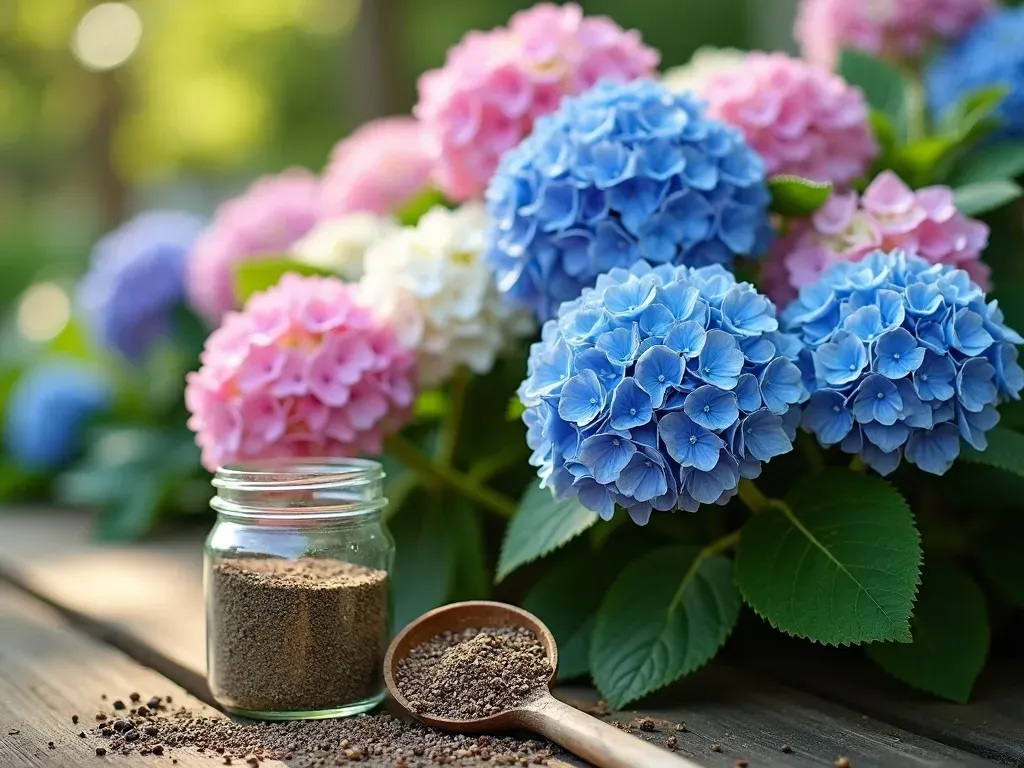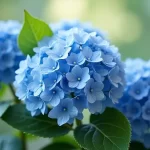Homemade fertilizer for hydrangeas can significantly improve the growth, color, and health of these popular flowering plants. Hydrangeas thrive in slightly acidic soil, making a balanced, homemade fertilizer an ideal choice for nurturing these beautiful blooms.
Benefits of Using Homemade Fertilizer for Hydrangeas
Using homemade fertilizer provides several advantages over commercial options:
- Cost-Effective: You can create effective fertilizers at home, saving money.
- Eco-Friendly: Using organic materials reduces waste and environmental impact.
- Customizable: Tailor your fertilizer based on specific needs or soil conditions.
Essential Nutrients for Hydrangeas
Hydrangeas require three primary nutrients for robust health:
| Nutrient | Role | Source |
|---|---|---|
| Nitrogen | Promotes lush foliage and robust growth | Grass clippings, Coffee grounds |
| Phosphorus | Encourages root development and blooms | Banana peels, Bone meal |
| Potassium | Strengthens plant health and disease resistance | Wood ash, Kelp meal |
How to Create Your Own Homemade Fertilizer
Here are several effective recipes for homemade fertilizers that will keep your hydrangeas healthy and vibrant.
1. Kitchen Scraps Fertilizer
Ingredients:
- 1 cup of crushed eggshells
- 1 cup of used coffee grounds
- 1 banana peel
Instructions:
- Dry and crush eggshells to a fine powder—this provides calcium.
- Mix with used coffee grounds, which are high in nitrogen.
- Chop the banana peel and add it to the mixture for potassium.
Usage:
- Sprinkle around the base of the hydrangeas every 4-6 weeks during the growing season.
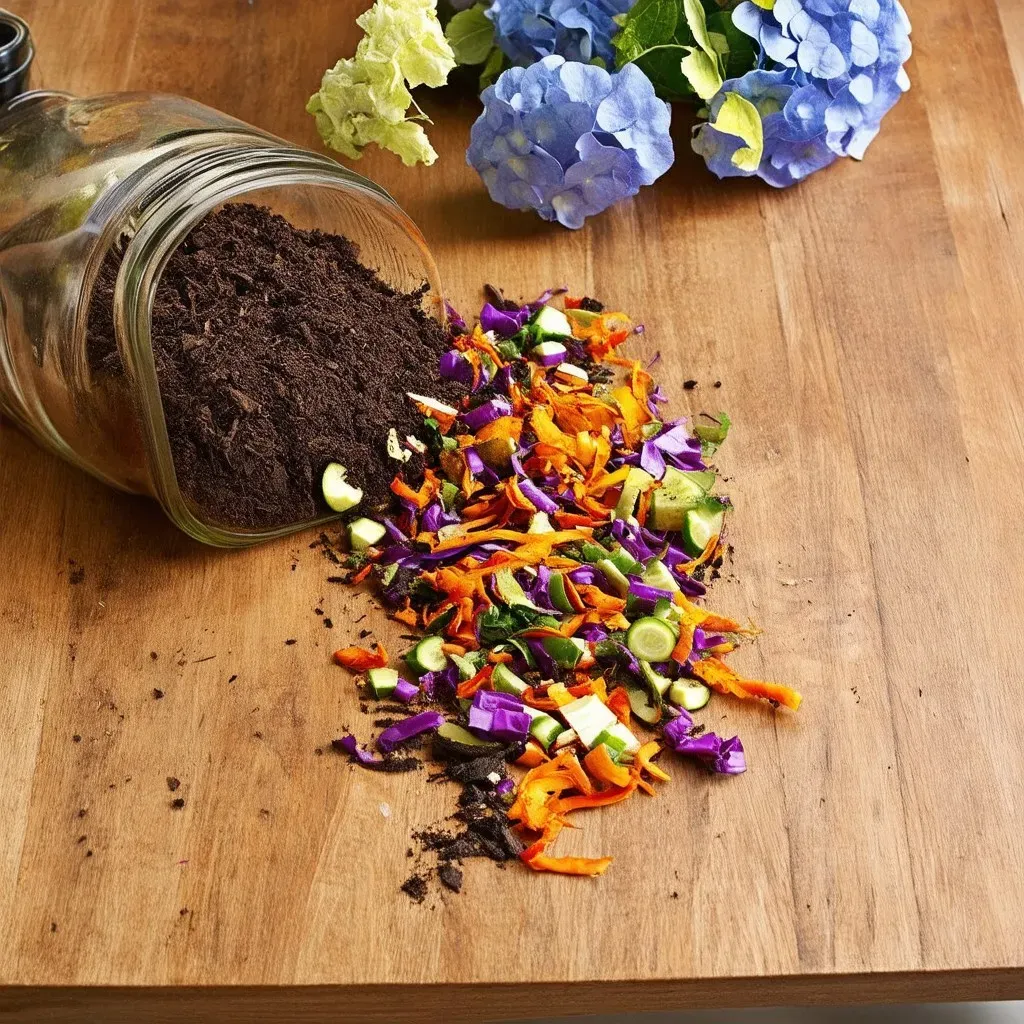
2. Epsom Salt Fertilizer
Ingredients:
- 1 tablespoon of Epsom salt
- 1 gallon of water
Instructions:
- Dissolve Epsom salt in water.
- Use this solution to water your hydrangeas once a month.
Benefits:
- Epsom salt supplies magnesium, enhancing nutrient uptake and promoting blooming.
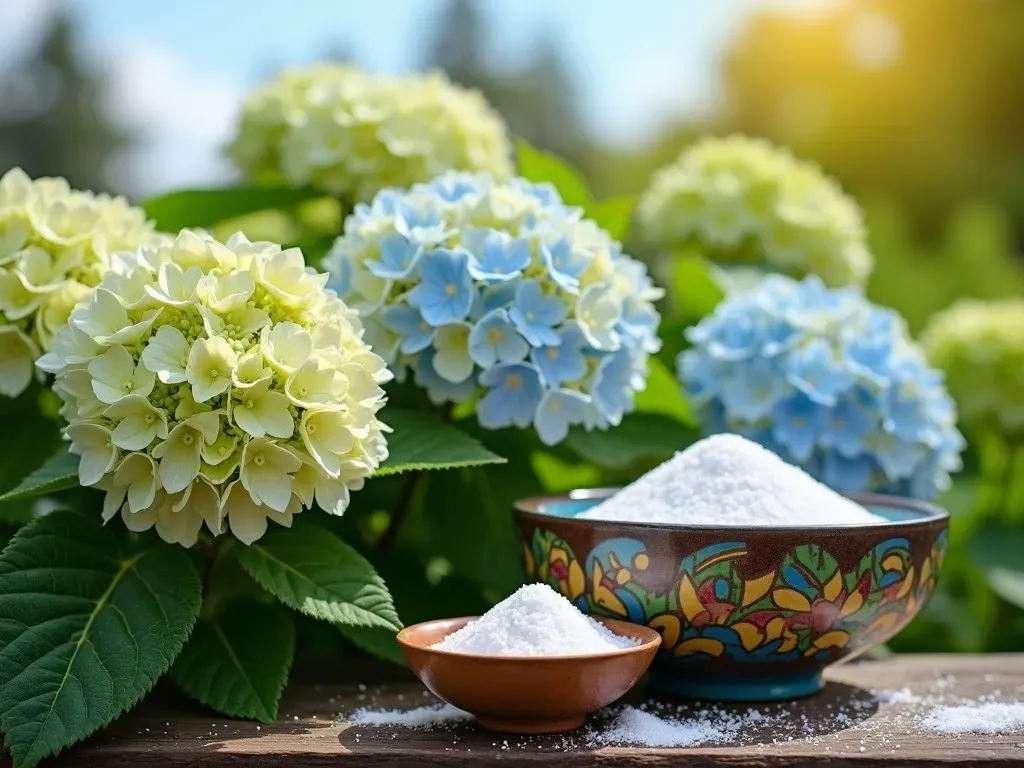
3. Vinegar Fertilizer
Ingredients:
- 1 cup of white vinegar
- 1 gallon of water
Instructions:
- Mix vinegar with water to make a diluted solution.
- Apply the mixture to the soil around the plant base every 4-6 weeks.
Caution:
- Do not apply undiluted vinegar directly onto plants as it can harm the foliage.

4. Molasses Fertilizer
Ingredients:
- 1 cup of blackstrap molasses
- 5 gallons of water
Instructions:
- Mix the molasses with water.
- Use this mixture to water your hydrangeas every month.
Benefits:
- Molasses improves soil structure and promotes beneficial bacteria, essential for nutrient availability.
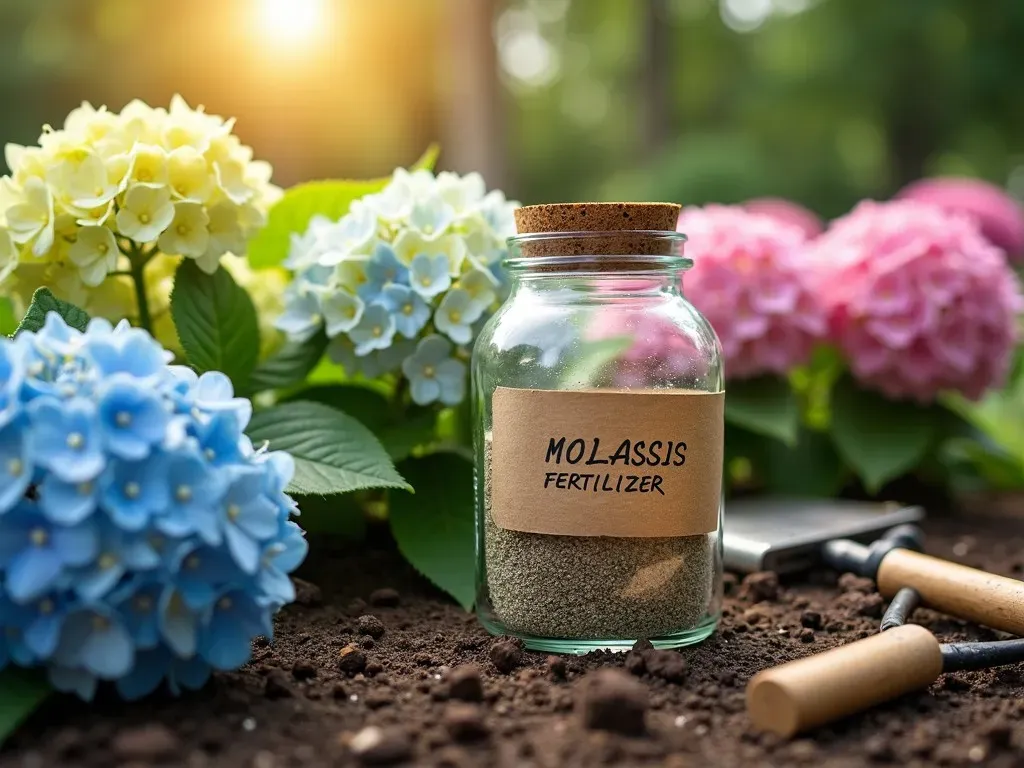
Tips for Effective Fertilization
- Test Soil pH: Before applying any fertilizer, check the soil’s pH. Hydrangeas prefer a pH between 4.5 and 6.5 for optimal blooming.
- Timing Matters: Fertilize your hydrangeas in early spring to promote growth and again right before blooming to maximize flower production.
- Avoid Over-Fertilization: Too much fertilizer, especially nitrogen, can lead to excessive leaf growth with fewer flowers. Stick to the recommended amounts.
Common Errors to Avoid
| Error | Description | Prevention |
|---|---|---|
| Over-Fertilization | Applying too much fertilizer can harm plants. | Follow the recommended dosage strictly. |
| Direct Contact with Foliage | Fertilizer on leaves may cause burns. | Apply only to the soil around the base. |
| Ignoring Soil Conditions | Not adjusting fertilizer based on soil tests. | Regularly test and amend soil pH levels. |
Frequently Asked Questions
1. Can I use chemical fertilizers instead of homemade options?
While chemical fertilizers can work quickly, they often lack the slow-release nutrients inherent in homemade options. Homemade fertilizers also promote soil health over time.
2. How often should I fertilize my hydrangeas?
It is advisable to fertilize every 3-4 weeks during the growing season, accounting for any specific adjustments based on plant health and soil conditions.
3. What should I do if my hydrangeas aren’t blooming?
If your hydrangeas fail to bloom, check soil nutrient levels, pH, and ensure proper sunlight exposure. Additionally, too high nitrogen levels may promote foliage over flowers.
4. What is the best time to fertilize hydrangeas?
The ideal time is in early spring before new growth appears and again in late spring to early summer, just before the blooming period.
5. Can I make a large batch of homemade fertilizer?
Yes, you can make larger batches of homemade fertilizer by scaling up the recipes for kitchen scraps, molasses, or eggshells, ensuring to maintain the same ratios.
Summary
Using homemade fertilizer for hydrangeas not only promotes vibrant blooms but also supports environmentally friendly gardening practices. By utilizing kitchen scraps, organic materials, and careful application methods, you can ensure your hydrangeas thrive throughout the growing season.
For further tips and in-depth guides, you can refer to Bean Growing.
